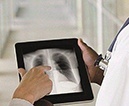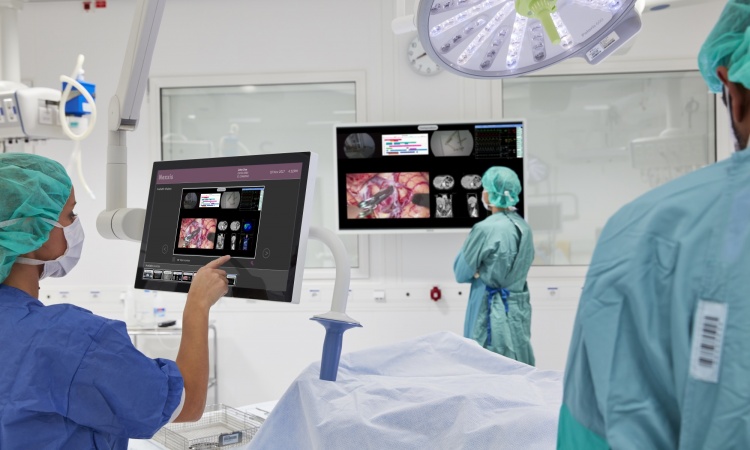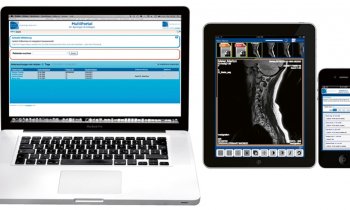Mobile devices are making their way into diagnostic imaging
Smartphones and tablets are a part of everyday life, and have rapidly proliferated among physicians. Today, nearly 80 percent of physicians are using mobile devices in their daily routine; as screen quality has improved, there is a widespread interest in mobile viewing of patient images.

The promise of ‘any image, anywhere at any time’ is more real than ever: pixels on smartphones and tablets are numerous and small enough to feed your eyes as much as they can see, and are sufficiently bright to be seen in most lighting conditions. There are two barriers to using them for convenient, portable diagnostic imaging: they are unable to maintain continuous, accurate DICOM calibration due to a lack of internal or external sensors; and they must be DICOM-compliant, i.e., maintain image quality similar to a high-resolution radiology display.
Only DICOM calibration ensures accurate image representation. Once a screen is calibrated properly, radiologists can diagnose images from modalities like CT, MR and ultrasound which have received FDA approval for diagnostic reading on a mobile tablet when proper quality measures are in place. Several options exist for calibrating mobile tablets. A visual calibration process provides DICOM performance based on a user’s eyesight level and dynamic contrast available in the given ambient light conditions for a proper diagnosis. The calibration is conducted using a software tool integrated into any authorized mobile viewer application that has obtained all required registrations and certifications. Once properly calibrated, the mobile tablet can display images with excellent clarity and precision for modalities currently deemed acceptable according to FDA.
Barco’s MediCal QAWeb Mobile software has been created to simplify the process of obtaining FDA clearance for mobile viewing applications.The QAWeb Mobile methodology is filed with the FDA as a Master File, enabling healthcare viewing application developers to apply for FDA 510(k) clearance when integrating this software with their mobile viewing applications. ‘A DICOM-calibrated tablet can be a convenient alternative in case of emergency situations when a diagnostic display isn’t available, when a primary diagnosis has already been made using a full-size display, for consulting with other clinicians, and in patient consultations,’ commented Ketan Thanki, Market Development Manager, Healthcare, for Barco North America.
20.11.2012











